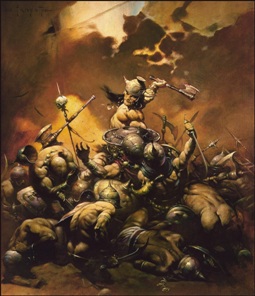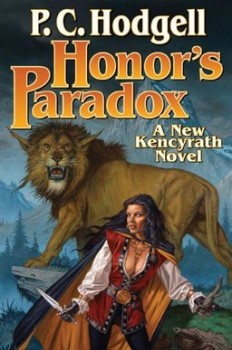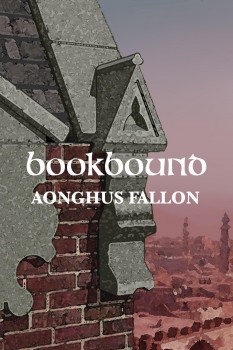Haunted: Always, Sometimes, Never
Haunting — The old fashioned way
Many years ago, in the days of my misspent youth, I toiled for four years at California State University, Long Beach, as a theater major. As such, I of course spent most of my time on and around the department’s two stages. What with the vicissitudes of costume fittings, lighting adjustments, and walking on saying, “What ho!” twenty or thirty times until the director was satisfied, I often found myself in the building quite late at night, which led to a discovery — theaters are damned creepy places. They are, in fact, haunted. (The clunks and thumps and creaks and pops I heard were not from causes as mundane as the huge building setting or from the big glass windows cooling and contracting after the heat of the day — absolutely not.)
On reflection, I have come to think that all places, of any sort, fall somewhere on a supernatural sliding scale — always, sometimes, or never haunted. Indeed, this realization has led to a family game that my children and I often play — naming a place and stating its haunted status and, in case the others disagree, making a persuasive argument for your position. I know it sounds like an odd way to pass the time, but you get tired of Yahtzee after a while.
What are the factors that influence the likelihood of a place being haunted? If we’re talking about buildings, then function is very important, especially if the structure has any intrinsic relation to death or the supernatural. Thus it is far easier for a funeral home or church or morgue to be haunted than it is for a factory that exists for the purpose of extruding plastic into molds for Star Wars toys. (Now if two or three workers should fall into a vat of molten plastic, well, their co-workers might get a little uneasy walking around the isolated areas of the building alone at night. Just how uneasy would have to be determined by several other factors.)
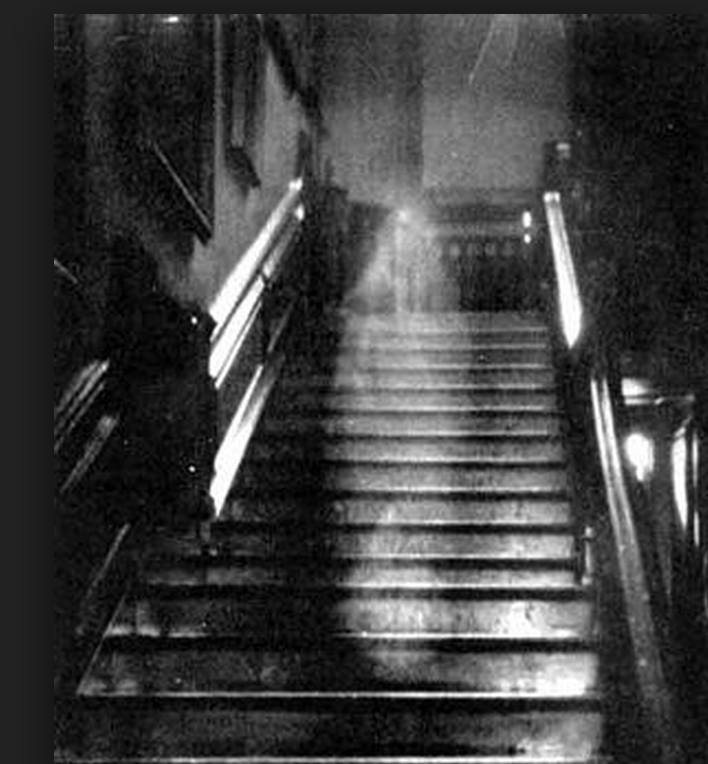

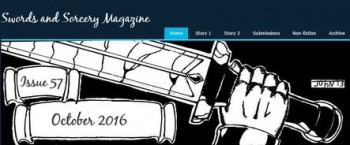
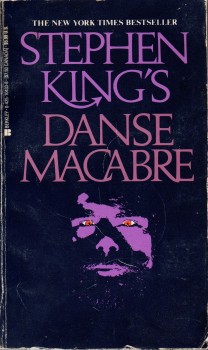
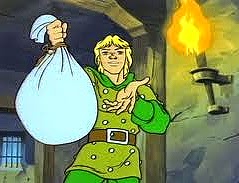
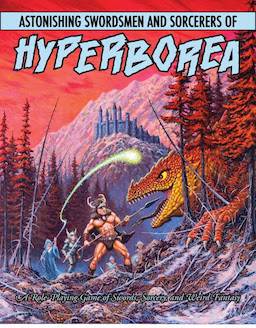
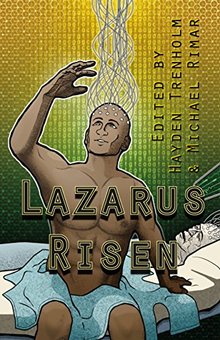 I know I’ve mentioned before that I’m a big fan of the original anthology, and I’d like to take the opportunity to draw your attention to two new ones that have crossed my table in the last month or so.
I know I’ve mentioned before that I’m a big fan of the original anthology, and I’d like to take the opportunity to draw your attention to two new ones that have crossed my table in the last month or so.